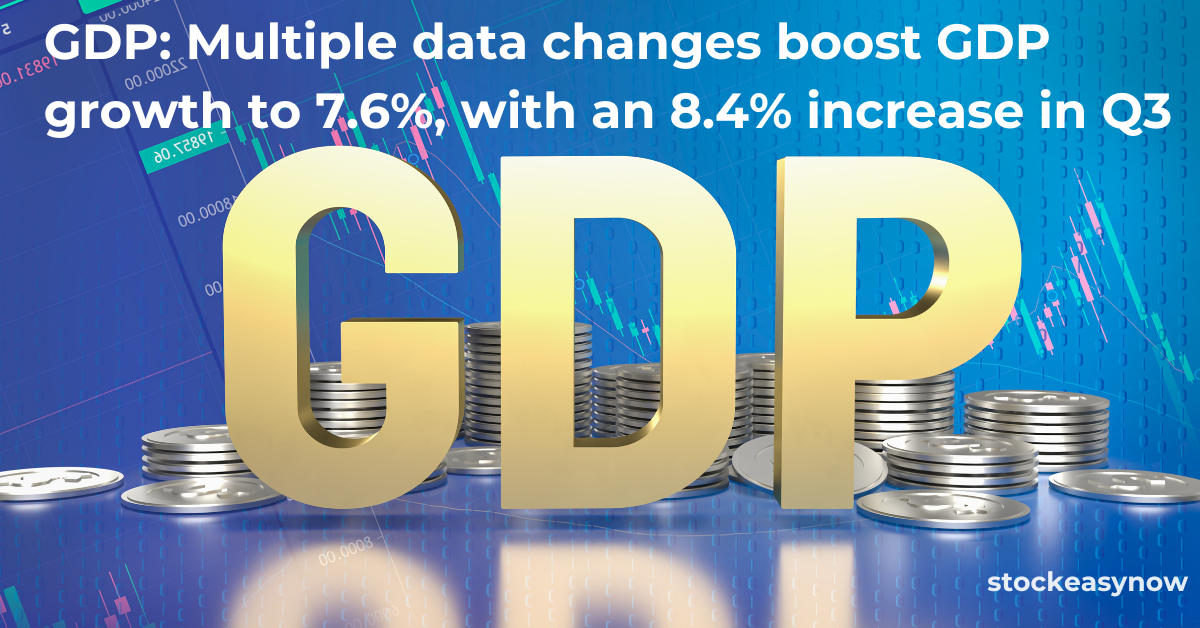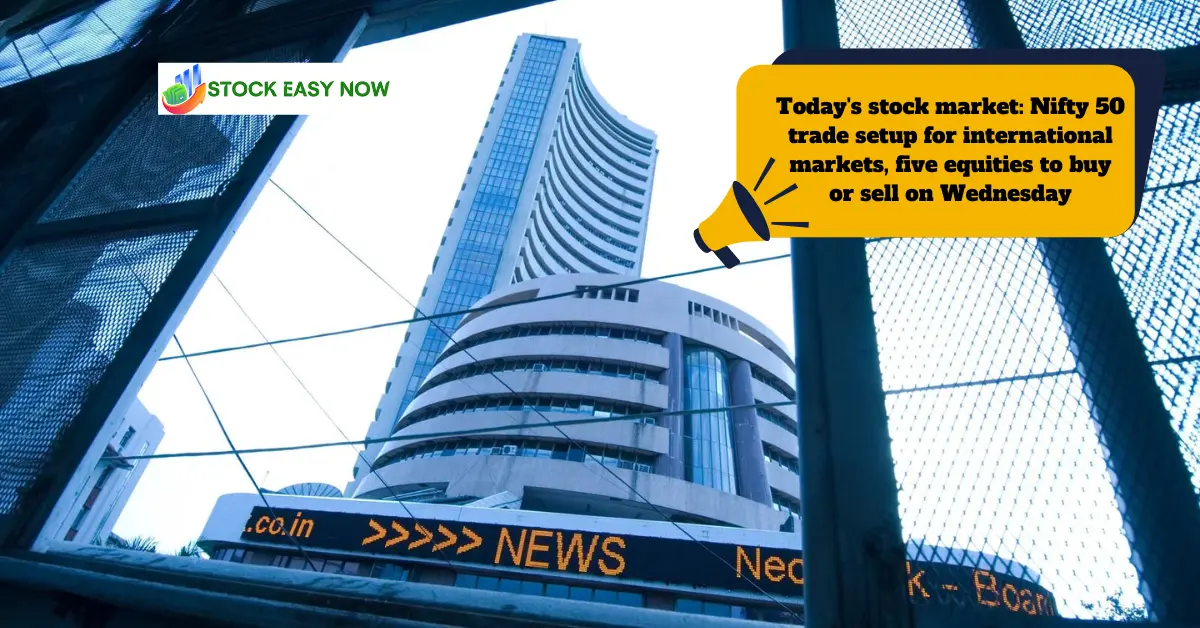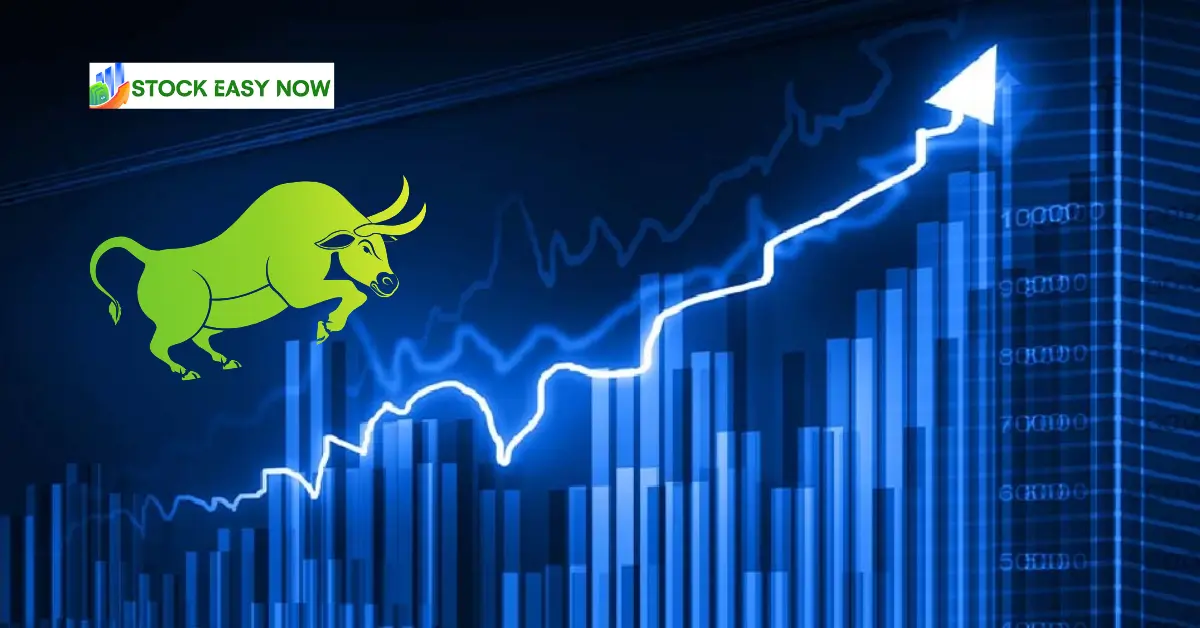GDP: As the gross value added (GVA) in the farm sector shows a contraction during the third quarter, the Chief Economic Advisor remains optimistic, foreseeing a rebound in the upcoming year. He anticipates robust growth in the construction, manufacturing, and mining sectors, which could potentially offset the downturn in agriculture. However, there are lingering concerns regarding sluggish private consumption, indicating that the recovery may face some hurdles despite the positive outlook in other areas of the economy.
In a flurry of revisions to the economy’s growth projections, the National Statistical Office (NSO) announced on Thursday a notable uptick in India’s real GDP growth estimate for this year, elevating it to 7.6% from the previously projected 7.3% just last month. Additionally, the NSO adjusted its forecast for the fiscal year 2022-23, slightly downgrading it from 7.2% to 7%, while revising the estimate for the fiscal year 2021-22 upwards from 9.1% to an impressive 9.7%. These adjustments reflect a dynamic landscape and underscore the volatility inherent in economic forecasting, providing insights into the evolving trajectory of India’s economic performance.
The Gross Value Added (GVA) in the economy is expected to experience a 6.9% increase this year, according to projections. The National Statistical Office (NSO) has revised last year’s GVA growth rate downward to 6.7% from the previously reported 7%. Furthermore, GDP growth for the initial two quarters of this year has been revised upwards to 8.2% and 8.1%, respectively. Looking ahead, gross domestic product growth is anticipated to climb even higher to 8.4% during the October to December 2023 quarter (Q3). These adjustments reflect the evolving dynamics of the economy and provide insights into its performance trajectory over the coming months.
Economists were somewhat taken aback by the slowdown in Gross Value Added (GVA) growth during the third quarter, which dipped to a modest 6.5% from the revised estimates of 8.2% and 7.7% recorded in the first and second quarters, respectively. Additionally, concerns lingered over private consumption, which exhibited a slight improvement, growing from 2.4% in Q2 to 3.5% in Q3. However, despite this uptick, the full-year growth estimate for private consumption was downgraded to 3% from the earlier projection of 4.4% made in early January. These developments underscore the challenges facing the economy and highlight the need for continued monitoring and proactive measures to address the prevailing uncertainties.
Struggling farm sector
In Q3, farm sector GVA growth contracted by 0.8%, with a meager 0.7% rise anticipated for the full year, in contrast to 4.7% in 2022–23. Chief Economic Advisor V. Anantha Nageswaran foresees a farm sector recovery next year, attributing this year’s growth to industrial expansion. Notably, GVA growth acceleration in construction (10.7%), manufacturing (8.5% from a 2.2% dip in 2022-23), and mining (8.1% versus 1.9% last year) has been pivotal.
Upasna Bhardwaj, chief economist at Kotak Mahindra Bank, attributed this year’s growth upgrade to downward revisions in last year’s growth figures, alongside stronger investment and net exports, despite lagging consumption. She noted that GVA estimates for this year remained unchanged, while GDP showed a significant increase, which she found intriguing.
Read also: Mukka Proteins IPO
GVA growth in the trade, hotels, transport, communications, and broadcasting services sectors is projected to nearly halve to 6.5% in 2023–24 from 12% in the previous fiscal year. Mr. Nageswaran emphasized that this decline follows exceptionally strong upticks in 2021–22 and 2022–23, suggesting it’s more of a stabilization than a significant downturn.
Q4 growth to dip
EY India chief policy advisor D.K. Srivastava highlighted some surprising trends necessitating further investigation: GVA growth remains at 6.9%, while GDP growth is revised upwards to 7.6%. Additionally, the average GDP growth for the first three quarters stands at 8.2%, implying a fourth-quarter growth rate of only 5.9%.
India Ratings and Research economists Sunil Kumar Sinha and Paras Jasrai pointed out the persistent noise in the data, evidenced by significant swings in discrepancy numbers for both the current and previous years. They noted a downward revision in the growth of demand-side drivers, emphasizing the continued weakness in consumption demand, which is largely skewed towards items favored by upper-income households.





